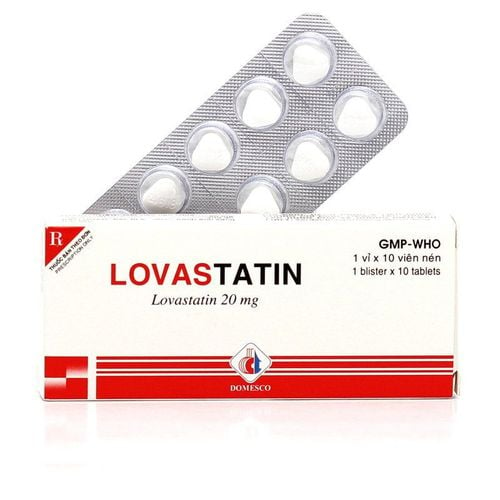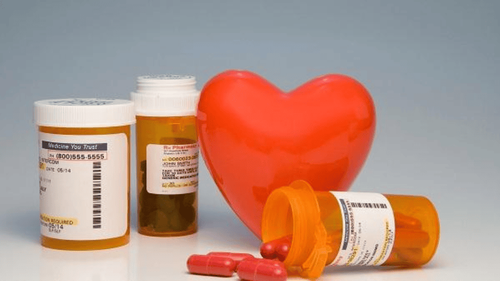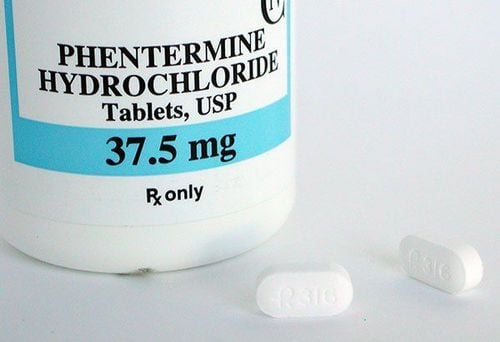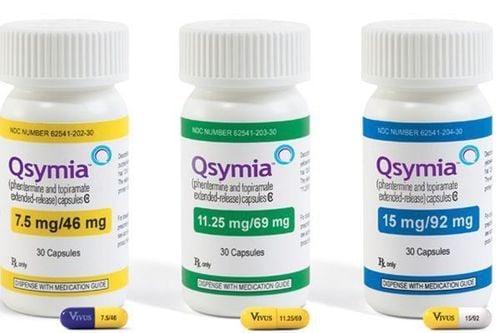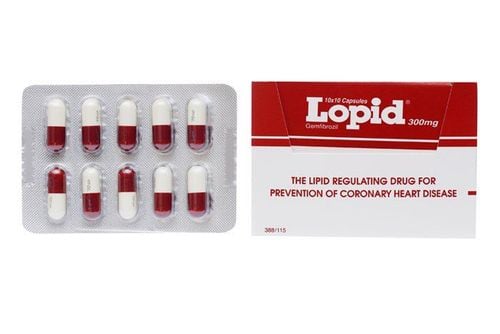This is an automatically translated article.
To prevent chronic diseases such as metabolic cardiovascular disease, hypertension, type 2 diabetes and overweight, obesity should eat less saturated fat, salt, sugar, alcohol. Read on to learn more about these recommendations.In addition to limiting those ingredients, the 2015-2020 edition of the Dietary Guidelines emphasizes eating a variety of nutritious foods such as vegetables, fruits, whole grains, low-fat and fat-free dairy fatty, and lean meat. New guidelines developed by experts in the fields of nutrition, health and medicine aim to combat rising rates of diet-related chronic diseases in the same way as consumers, say experts. easier to use..
1. Why do we need to limit these foods?
Nowadays, there are more and more health problems associated with unhealthy eating habits. Too many people eat too much saturated fat, added salt, added sugar and alcohol. Even reducing these small amounts can make us healthier. It can help us manage our weight better and reduce our risk of chronic diseases like heart disease, stroke, type 2 diabetes, some cancers, and chronic kidney disease.This is also why foods with a lot of saturated fat, added salt, added sugar or alcohol are called discretionary choices.
Some foods and drinks do not fit into the Five Food Groups because they are not essential to a healthy diet and are too high in saturated fat and/or added sugar, added salt or alcohol, and low in fat. fiber. These foods and drinks can also contain too many kilojoules (energy). Many people tend to have low levels of essential nutrients, so they are often referred to as "energy-rich" but "nutrient-poor" foods. The point is that they can replace other, more nutritious foods. In addition, the higher the kilojoules, saturated fat, added sugars, added salt and/or alcohol they contain, are associated with an increased risk of obesity and chronic diseases such as heart disease, stroke, and diabetes. type 2 sugar and some forms of cancer.
It is very easy to have too much and too much of this food and drink, and many people have done so. If you're trying to lose weight, you're unlikely to include these foods in your weight loss goals. However, for people in their normal weight range, these foods and drinks, sometimes in small amounts, can make eating varied and enjoyable. These 'optional' foods and drinks are called 'discretionary choices'.
'Optional' food and drink including sweet biscuits, cakes, desserts and cakes; processed meats and salty/fatty sausages; sweetened condensed milk; ice cream and other confectionery; confectionery and chocolate; savory pastries and pies; commercial burgers that are high in fat and/or salt; commercial fried foods; chips, crisps and other fatty and/or salty snack foods including some salty crackers; cream, butter and muffins are high in saturated fat; sugary soft drinks and alcohol, sports and energy drinks and alcoholic beverages. All of these foods tend to be low in fiber and important nutrients like vitamins and minerals.
2. 3 recommendations to help limit eating foods containing saturated fat, salt, sugar, and alcohol
2.1. Fat: Limit saturated fat to less than 10% of calories per day starting at age 2. Fat is an essential part of our diet and is important for good health. There are different types of fats, with some being healthier than others. To make sure you stay healthy, it's important to eat small amounts of unsaturated fats as part of a balanced diet.When eaten in large amounts, all fats, including healthy fats, can contribute to weight gain. Fat has more energy (kilojoules) than any other nutrient and so eating less fat in general has the potential to help with weight loss.
Eating less saturated fat and trans fat can help reduce your risk of heart disease. When buying products, check labels and choose ones that are lower in saturated and trans fats and high in mono and polyunsaturated fats.
So a diet low in saturated fat and trans fat, but also including moderate amounts of unsaturated fat will keep you healthy.
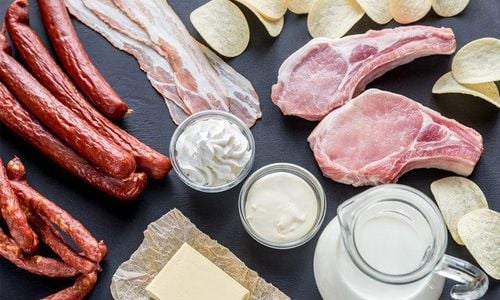
Hạn chế tiêu thụ chất béo bão hòa để có sức khỏe tốt
Eating a lot of saturated fat is associated with an increased risk of heart disease and high blood cholesterol levels. These fats are usually solid at room temperature and are found in:
Animal products:
+ Dairy foods, such as cream, butter, whole milk and cheese
+ Meat - for example such as fatty cuts of beef, pork and lamb, and chicken (especially chicken skin), processed meats such as salami.
Some products of plant origin:
+ Palm oil
+ Coconut
+ Coconut milk
+ Margarine
A variety of packaged foods:
+ Fatty fast food (such as chips, cakes, etc.) salty)
+ Deep-fried and high-fat foods (such as hot fries, pizza, burgers)
+ High-fat cakes and muffins
+ Cakes and pies (including quiches, tarts, sausage rolls, cakes, croissants)
+ Sweet and savory biscuits
* Unsaturated fats
Unsaturated fats are an important part of a healthy diet. These fats help reduce the risk of heart disease and lower cholesterol levels (among other health benefits) as they replace saturated fats in the diet.
There are two main types of unsaturated fats:
Polyunsaturated fats:
Omega-3 fats found in fish, especially oily fish Omega-6 fats are found in some oils such as safflower and soybean oils, along with some nuts, including Brazil nuts. Monounsaturated Fats:
Found in olive and canola oils, avocados and some nuts, such as cashews and almonds.
* Trans fats
Trans fats are unsaturated fats that have been processed and, therefore, behave like saturated fats. Eating trans fats increases the level of “bad” cholesterol and lowers the level of “good” cholesterol in the body, which is a major risk factor for heart disease. It's important to reduce the amount of trans fats you eat to keep you healthy.
Trans fats are found in many packaged foods and also in butter and some margarine. Use food labels to compare foods and choose the one with less trans fat.
It is healthy to replace saturated and trans fats with mono and polyunsaturated fats.
* Cholesterol
Cholesterol is a type of fat found in food, but also in our blood. Cholesterol has many important functions in the body, but having high levels of the wrong type of cholesterol in the blood increases the risk of heart disease.
It was once thought that eating too many cholesterol-containing foods (such as eggs) was the main cause of high blood cholesterol levels. But we now know that eating too many foods high in saturated and trans fats is a bigger problem and has a much bigger effect on blood cholesterol levels.
2.2. Salt and Sugar * Sugar: Limit added sugars to less than 10% of calories per day for children 2 years of age and older and avoid added sugars for babies and toddlers.
As recommended by the US Food Guidelines Advisory Committee 2020 to limit added sugar intake to less than 10 percent of calories per day in the 2015-2020 Dietary Guidelines. The making of this quantitative recommendation is based on important scientific consensus from data analysis, systematic reviews and food modeling, and for the most part, science has not changed. According to the food model, the amount of calories available from added sugars varies depending on calorie needs. Most Americans have less than 8 percent of calories available for added sugars, including added sugars inherent in a healthy diet. Those who needed 2,000 or 2,800 calories per day had 7% fewer or 8% fewer calories available for added sugars, respectively. People who need more than 3,000 calories per day have 9 to 10 percent of calories available for added sugars. For those who need a higher amount of calories each day, the 10 percent upper limit of calories can be consumed from added sugars while still meeting the food group recommendations in a nutrient-dense form. The 10% limit on added sugars gives you flexibility in your food choices over time but also requires careful planning.
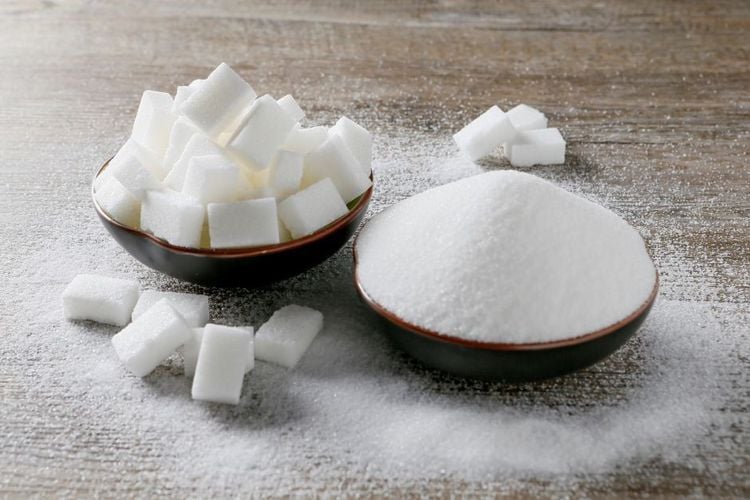
Bạn không nên cho trẻ sơ sinh, trẻ mới biết đi ăn đường
Natural sugars:
They are found in milk, fruits, vegetables and legumes. They are eaten in smaller quantities, along with many important nutrients.
Processed sugars:
They have been refined from plants like cane sugar. They can be added to food or drinks in large quantities to make cakes, cookies and soft drinks. Added sugars may not be accompanied by helpful nutrients and may increase the energy of a food or drink. Therefore, they are sometimes referred to as 'energy dense' and 'nutritional poor'.
Sometimes people think that eating too much sugar will lead to diabetes, but that is not entirely true. Sugar itself does not lead to diabetes. However, being overweight increases your risk of type 2 diabetes, and too much added sugar can cause weight gain.
* Salt: Limit sodium intake to less than 2,300mg per day (or even less if the child is under 14 years old);
Eating too much salt can increase your risk of developing high blood pressure, a risk factor for heart disease, stroke and chronic kidney disease. Table salt comes mainly from processed and packaged foods, not just from being added during cooking as in the past.
Try to limit salt by reducing the amount of salt you eat so that your taste buds get used to eating foods without added salt. Here are some tips :
Eat mostly fresh foods instead of processed foods with added salt C Choose foods with no added salt, low-salt canned foods. Use food labels to compare similar products and choose those with less “sodium” In sandwiches, use canned fish or cook a little more meat or chicken instead of cold cuts Use only very small amounts of salty sauce Add herbs, spices and other low-salt flavorings, such as no salted tomato paste, to cooking in place of salt Avoid adding salt at the table. 2.3. Limit alcoholic beverages (if consumed) to 2 drinks or less a day for men and 1 drink or less per day for women. The committee recommends that the Dietary Guidelines advise adults "not to start drinking or intentionally continue drinking thinking it will make them healthier". And it claims that “drinking less is generally healthier than drinking more” at all levels of consumption.

Hạn chế uống rượu để ngăn ngừa các bệnh mãn tính
Alcohol, which is high in kilojoules, is poor in nutrients and can lead to weight gain. Alcohol can be harmful to your health, the more alcohol you drink, the greater the risk. Even small amounts of alcohol can increase the risk of certain cancers. Drinking too much alcohol can also damage the liver and brain, and increase the risk of high blood pressure and heart disease.
No amount of alcohol can be guaranteed to be completely safe. However, drinking within recommended responsible limits will allow healthy adults to reduce their risk of alcohol-related accidents, injury, illness, and death.
It is important to remember that factors such as gender, age, mental health, drug use and existing medical conditions can change the way alcohol affects you.
* Tips for Drinking
The goal is two alcohol-free days per week. When drinking, try to drink plenty of water to avoid dehydration. Replace alcoholic beverages with non-alcoholic beverages such as water or soda water. Try a glass of wine with mineral water or soda water instead of a full glass of wine. If you have a glass of wine, don't refill it. One standard drink is equivalent to 100mL (less than half a cup). Avoid snacking on foods high in salt. Too much salt is not only unhealthy, but it can also increase the likelihood of drinking other beverages. Avoid pre-mixed drinks with added sugar. These are very high in both kilojoules and sugar. Avoid mixing alcohol with energy drinks. Caffeine reduces your ability to manage alcohol intake. This can lead to a higher risk of alcohol-related harm.
Please dial HOTLINE for more information or register for an appointment HERE. Download MyVinmec app to make appointments faster and to manage your bookings easily.
References: dietaryguidelines.gov, eatforhealth.gov.au



